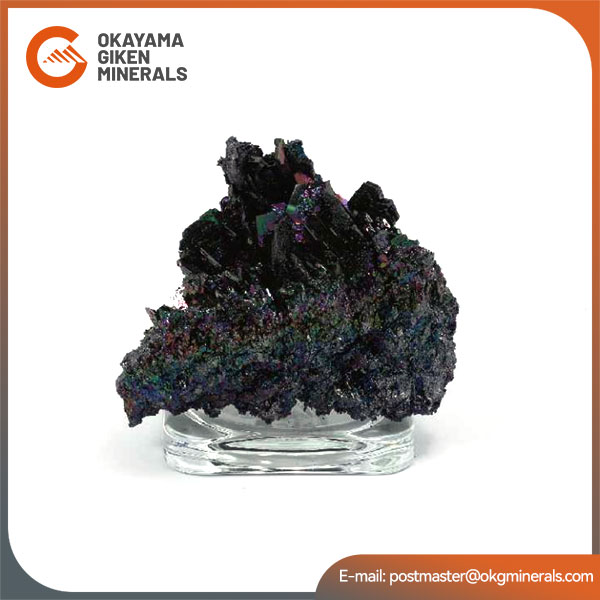
Silicon carbide is an inorganic substance with the chemical formula SiC. It is made of raw materials such as quartz sand, petroleum coke (or coal coke), and sawdust (salt is needed to produce green silicon carbide) through high-temperature smelting in a resistance furnace. Silicon carbide is a semiconductor that exists in nature in the form of the extremely rare mineral moissanite. Since 1893, it has been mass-produced as powder and crystals for use as abrasives, etc. Among non-oxide high-tech refractory raw materials such as C, N, and B, silicon carbide is the most widely used and economical one, which can be called diamond sand or refractory sand. China's industrially produced silicon carbide is divided into black silicon carbide and green silicon carbide, both of which are hexagonal crystals.
![]()
Contents
High hardness: The hardness of silicon carbide is second only to diamond and cubic boron nitride, ranking third among all ceramic materials. It has excellent wear resistance, can resist surface wear, and extend service life.
High Strength: Silicon carbide has high yield strength and tensile strength, can withstand high loads and high mechanical stress, and is suitable for use in high load and high strain environments.
High Thermal Stability: Silicon carbide has excellent thermal stability, small thermal expansion coefficient, high thermal conductivity, and can withstand stress and thermal shock at high temperatures. Its extreme operating temperature can reach over 600°C, much higher than the 300°C of silicon devices.
High Temperature Resistance: Silicon carbide has a large bandgap and can operate at higher temperatures without significant leakage current.
Chemical Stability: Silicon carbide has extremely high tolerance to most acids, bases, and oxidants, and can maintain performance even in harsh chemical environments.
High electron saturation rate: The electron saturation rate of silicon carbide is twice that of silicon, which enables silicon carbide devices to achieve higher operating frequencies and power densities.
High breakdown electric field strength: Silicon carbide has a high breakdown electric field strength, which enables the device to withstand high voltage operation, thereby reducing volume and weight.
Superconductivity: At low temperatures, silicon carbide has superconducting properties and can be used to manufacture superconducting electronic devices.

Semiconductor industry: Silicon carbide has become an ideal material for the new generation of power electronic devices due to its wide bandgap, high electron mobility and high breakdown electric field strength. Silicon carbide can work stably at higher temperatures and in harsher environments, significantly improving the reliability and efficiency of equipment. Especially in the fields of electric vehicles, high-speed rail, aerospace, etc., the application of silicon carbide power devices is leading a technological revolution.
Advanced ceramic manufacturing: Due to its high strength, wear resistance and high temperature resistance, silicon carbide has become a key raw material in advanced ceramic manufacturing. Whether it is used to make high-temperature furnaces, wear-resistant parts or anti-corrosion parts, silicon carbide ceramics have shown incomparable advantages.
Optoelectronics: The unique optical properties of silicon carbide make it shine in the optoelectronics field. As an excellent ultraviolet light emitting material, silicon carbide can be used to prepare efficient ultraviolet LEDs and lasers, and is also widely used in light source equipment such as high-pressure sodium lamps and fluorescent screens.